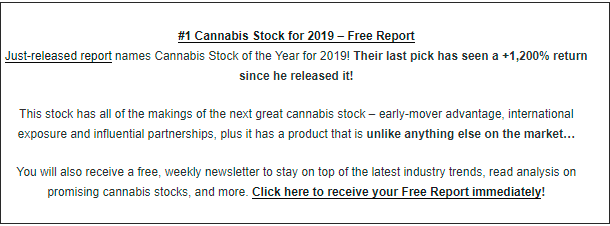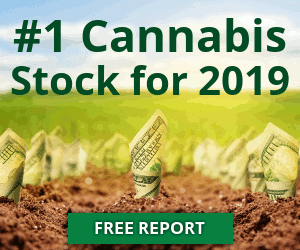Shares of Granules India Limited (BOM:532482) last traded at 94.05, representing a move of 3.01%, or 2.75 per share, on volume of 37,472 shares. After opening the trading day at 93.45, shares of Granules India Limited traded in a close range. Granules India Limited currently has a total float of 253.83 million shares and on average sees 163,072 shares exchange hands each day. The stock now has a 52-week low of 91.5 and high of 120.25.
Indian Economy: Moving Forward With BSE & NSE
Trade and commerce in the Asian region is richly flourishing and India is one of the biggest contributors in the transformation. The country has a valuable equity market that represents about 14% of its gross domestic product (GDP), thanks to its leading stock exchanges’ the Bombay Stock Exchange (BSE) and the National Stock Exchange of India (NSE).
The Stock Exchanges
More than half of roughly 7,800 publicly traded companies in India are listed on the BSE and the NSE combined. This means that the two stock exchanges alone make up about 4% of the Indian GDP.
The BSE is the oldest Asian stock exchange while the NSE is the first electronic stock exchange in India. That being said, it is without a doubt that both stock exchanges have a rich history that tells of India’s success. Granules India Limited is a stock traded on the Indian stock exchange.
Getting to Know the BSE
Being the first stock exchange in all of Asia, the BSE is also the first to receive a permanent recognition under the Securities Contract Regulation Act of 1956 of India. In its over 100 years of existence, the BSE has managed to become the 11th largest stock exchange worldwide. As it continues to grow, the BSE can potentially improve its position in global trade in the long run. Furthermore, it is also said to be among the fastest stock exchanges worldwide.
The BSE first hit a four-digit figure in July of 1990. It was when the Bhartiya Janta Party emerged victorious in the October 1999 General Elections, the stock exchange first hit the 5,000 mark. It was in February 2006 and in December 2007 when the BSE first hit the 10,000 mark and the 20,000 mark, respectively. In March 2015, it first hit the 30,000 mark.
However, the BSE is not all about glory. It also had its down times. During the Global Financial Crisis of 2008, it historically recorded its biggest declines, losing more than 2,000 points in two consecutive days. Last year, when the Bank of China (BOC) suddenly devalued the Yuan, the BSE has also lost more than 1,700 points in just one session. With China being Asia’s largest economy, the decision of the BOC had a huge impact on all Asian nations.
The Indices
The two main stock indices in India are the SENSEX 30 and the NIFTY. The former measures the top 30 companies listed on the BSE while the latter measures the top 50 companies listed on the NSE. These two are strong indicators of the health of the Indian economy as they represent the biggest of the biggest in the country’s corporate sector.
The SENSEX 30 has a base value of 100 and its base date is 1978 to 1979. Meanwhile, the NIFTY has a base value of 1,000 with its base date being 1995. Granules India Limited has relatively good liquidity.
India is constantly growing as it takes advantage of various growth opportunities and carries out long-term growth prospects. Needless to say, the BSE and the NSE are the most interesting stock exchanges to trade in at present. Professional analysts might be interested how this will affect Granules India Limited.
Granules India Limited manufactures and sells active pharmaceutical ingredients , pharmaceutical formulation intermediates, and finished dosages (FDs) in India and internationally. The company has market cap of $23.87 billion. The firm offers various FDs, such as tablets, caplets, and press-fit capsules in bulk, blister packs, and bottles; and other specialty products for oncology. It has a 13.94 P/E ratio. The Company’s APIs in various therapeutic categories include anti-retrovirals, anti-hypertensives, anti-histamines, anti-infectives, analgesics, anti-coagulants, anti-fibriotics, and platelet inhibitors.

Receive News & Ratings Via Email - Enter your email address below to receive a concise daily summary of the latest news and analysts' ratings with our FREE daily email newsletter.
